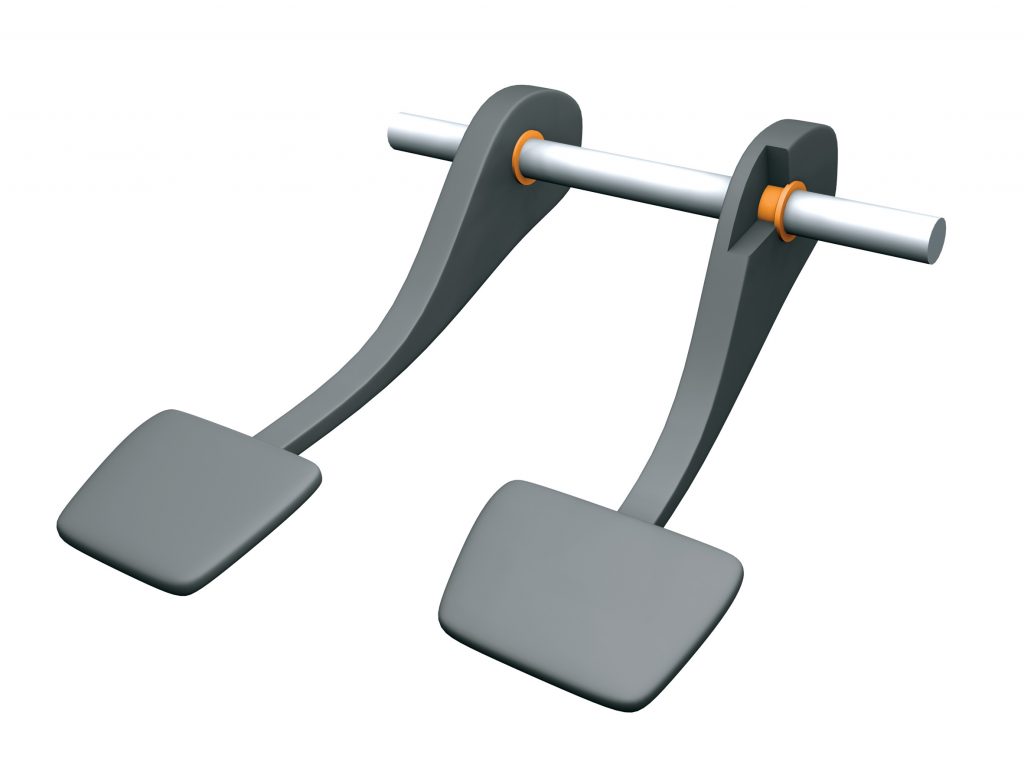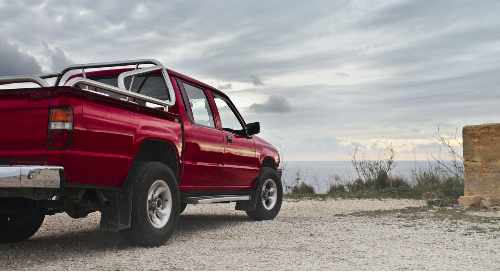Q&A With Dave Spence: “It’s Aviation for the Automotive.”
*This post was originally posted https://blog.igus.co.uk/qa-with-dave-spence-its-aviation-for-the-automotive/
igus® first opened its doors in the UK in 1991, and shortly after opening, a fresh faced, enthusiastic young man joined. His name was Dave Spence. Now, as the longest standing igus® UK employee and also the automotive specialist, Dave explains in his words about this vital industry and how igus® has always and will continue to grow with this industry.

How is igus® used in the Automotive industry?
“There is now a requirement for more of a niche manufacturing in high-end cars, areas such as table consoles, loading floors and under the bonnet. We now use modules and drylin® for non-run-of-the-mill applications.
The automotive industry took the idea of the high-end aircraft interiors and designed it into cars. This has been highlighted in the tray tables and the seat tables. Most major UK manufacturers are empowering this design and we see drylin® appearing more and more in automotive applications. It’s basically aviation for the automotive.
iglide® products are prominent in cars, in the pedal boxes, seat structures and gear boxes. igus® JVSM bearings are used in pedal boxes, these take the pre-load out. Our main automotive materials tend to be M250, RN27, T500, and H4, but we use many more depending on the application.

igus® products are found in areas such as hinges; bonnet and trunk hinges. RN89 is typically the material used here for bushings-look at recalibration during painting. You put the car through the KTL coating, you need a conductive bearing for static to attract the paint, then through the drying process it resizes the bearing giving zero clearance.”
How does igus® help with development in new applications?
“igus® develops new materials all the time, especially if the materials we currently have are not suitable. We developed RN94 when we needed more stability in an application.
One example: We were having issues with low temperatures; parts being stored outside in Eastern Europe. The temperatures were getting down to -20°C so we were seeing problems with breakages in parts designed to be flexible. The initial material that had passed all the internal testing was M250 so when we started seeing breakages, we developed a new material blend. Problem solved.“
Which igus® materials are typically used within a car and if igus® materials weren’t being used, what would be instead?
“Areas such as under the bonnet, throttle body arrangements use iglide® T500 and H4 typically due to their high temperature capabilities and chemical resistance. The same with fuel pumps. Biodiesels can be nasty so there is a need for a high chemically- resistant material.
The manufacturers would be using carbon or phosphor bronze bearings but to save weight and have a better chemical resistance, igus® materials work.”
What has been the biggest project you have worked on?
“A brake application: part of the design is where the brake flexes over heavy load, under heavy breaking-with 2 round bearings in there you run the risk of the brake seizing. So, we developed a cylindrical bearing and an oval bearing allowing the pins to slide. You end up with point loading for large loads. About 27KN through the back end of the brake so you need a compliant material that is not too stiff. Bronze is noisy so RN320 was developed as an alternative material.
Another issue was trying to solve noise and wear. Trial parts have been tested and now we are getting ready for production. The Process: started with H2 moulded parts, they failed-actually crumbled. iglide® F passed but this is a difficult material to process sometimes. Next, we got Gerhard Baus involved, one of the Vice Presidents of igus® in Cologne, and we tweaked the blend. We started with this design in 1998 and we are now on the 6th version. Continuous development throughout = Persistence of time.“
What is one of the main goals within the automotive industry currently?

“Cars generally are trying to reduce their drag at speed-rather than producing down force they are trying to reduce the resistance through the air. We are continually developing alongside the customers. Drylin® is now in cars and we wouldn’t have tackled that years ago so the industry and igus® are forever developing.”
Would 3D printed parts be suitable in cars?
“I would say prototyping would be the ideal for 3D printing in the automotive industry. We have over 200 kit car manufacturers in the UK, so the SLS process, our speedigus service and our P2M means we can adapt and do things that the mainstream bearing manufacturers don’t do. It gives us the extra arm, even if it is not a typically “igus®” product.
3D printing parts first allow us to highlight any durability issues or limitations. With time, we can develop the material blend and find a suitable solution.
With all igus® methods, we have wear results for our materials, so we can use them for low- volume active components. We have machinable plastic so can create parts in cars that are low volume without tooling.
Tribo coatings-elements where you could use it in a car, sliders within the car. Coating metal-idea is to take weight off. That is always a key thing. It won’t stop the noise, but it will give them a low- friction slide. It is also good where there are space constraints. Another product is tribo-tape, we would use that typically where we have a lot of noise issues inside a cabin. A fix and forget solution. Stamp them as well, high volume, low volume.
The flexibility of igus® within the automotive industry means, there is no standard until it becomes a standard.“



